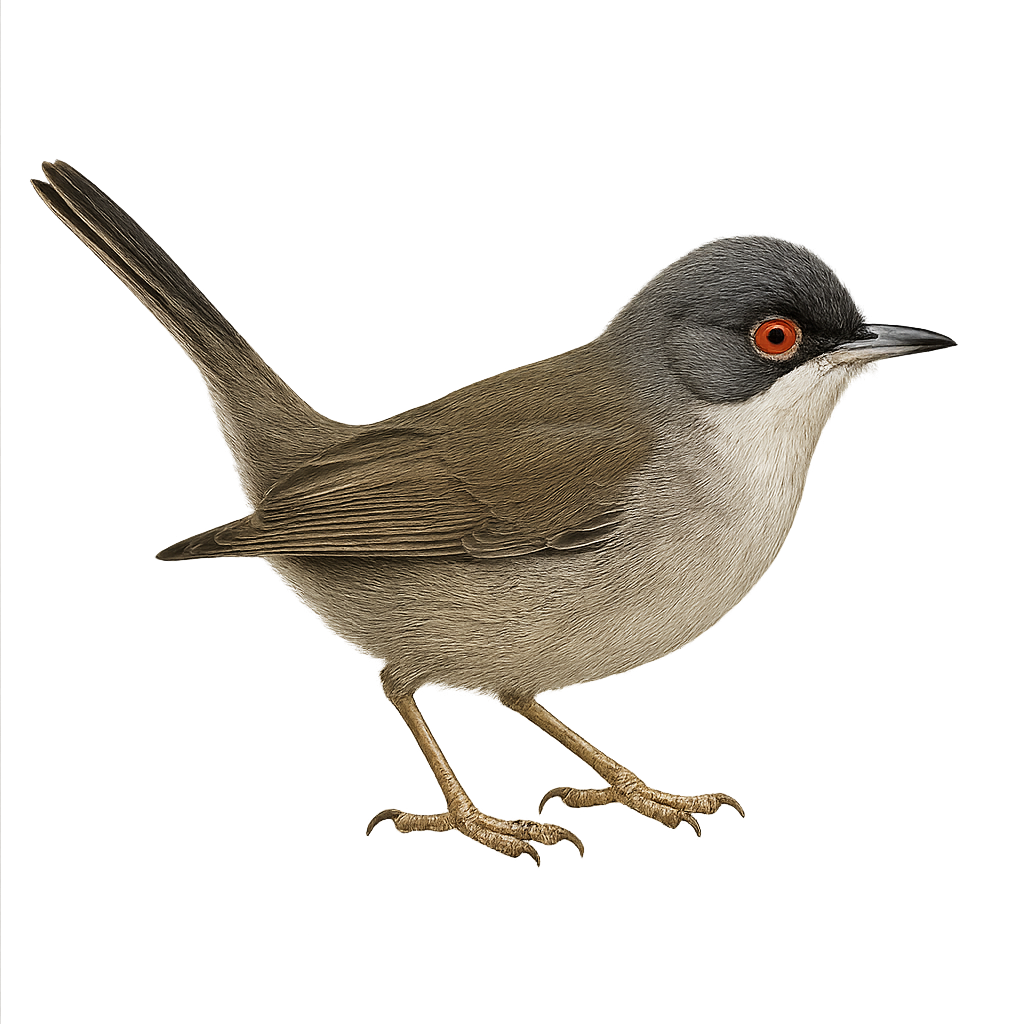Your wildlife photography guide.
Explore the sardinian warbler in detail, study its behavior, prepare your shots.
Where to observe and photograph the sardinian warbler in the wild
Learn where and when to spot the sardinian warbler in the wild, how to identify the species based on distinctive features, and what natural environments it inhabits. The WildlifePhotographer app offers tailored photography tips that reflect the sardinian warbler’s behavior, helping you capture better wildlife images. Explore the full species profile for key information including description, habitat, active periods, and approach techniques.
Sardinian Warbler
Scientific name: Curruca melanocephala

IUCN Status: Least Concern
Family: SYLVIIDAE
Group: Birds
Sensitivity to human approach: Suspicious
Minimum approach distance: 5 m
Courtship display: March to June
Incubation: 11-13 jours
Hatchings: April to June
Habitat:
Scrublands, garrigues, bushy areas
Activity period :
Primarily active during the day, with peak activity in the morning and late afternoon.
Identification and description:
The Sardinian Warbler, Sylvia melanocephala, is a small passerine bird belonging to the Sylviidae family. It is easily identified by the male's black cap, contrasting with its grey body and white underparts. The female has a brownish cap. This bird is mainly sedentary and is found in the Mediterranean basin, where it inhabits scrublands, garrigues, and bushy areas. The Sardinian Warbler is an active bird, often seen moving quickly through dense vegetation in search of insects and berries. Its song is a rapid, repetitive trill, often heard in spring. Although relatively discreet, it can be observed year-round in its natural habitat.
Recommended lens:
400 mm – adjust based on distance, desired framing (portrait or habitat), and approach conditions.
Photography tips:
To photograph the Sardinian Warbler, it's advisable to use a telephoto lens of at least 400mm to capture precise details without disturbing the bird. Look for dense vegetation areas where it is active, especially in the morning when the light is soft. Be patient and discreet, as this bird is suspicious. Opt for burst mode to capture its quick movements. Good camouflage and a slow approach will increase your chances of success.
The WildlifePhotographer App is coming soon!
Be the first to explore the best nature spots, track rutting seasons, log your observations, and observe more wildlife.
Already 1 439 wildlife lovers subscribed worldwide

